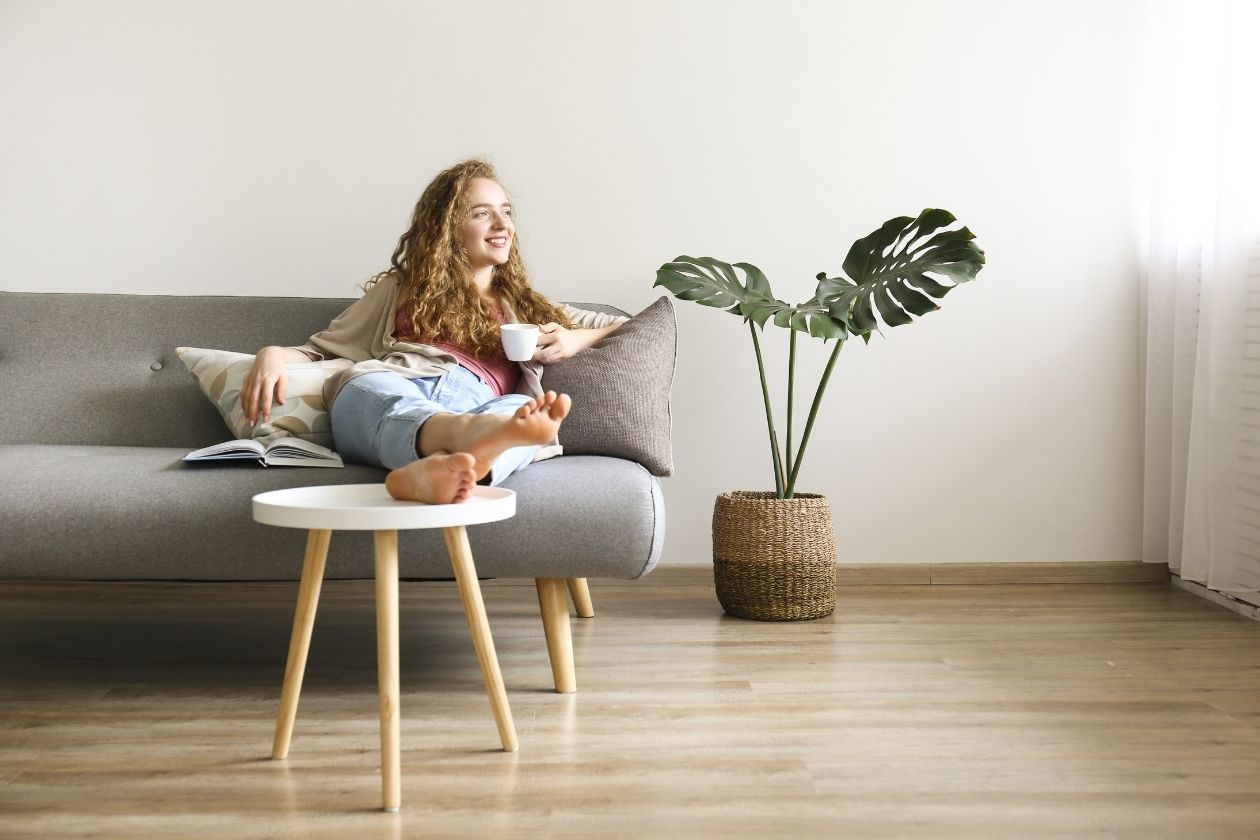We’ve all tried off-center approaches in the interest of trying to better our mental health. Maybe it looked like an abundance of dietary supplements, a deep dive into the world of acupuncture, or starting anew based on a fervent tarot card reading. The determination to get better often leaves us overlooking the most practical steps to improving our mental health, many of which can take place in our own homes!
There’s no need to become an expert on Feng shui, but it is important to note the benefits of creating a sense of harmony between yourself and your space. Applying different decorating tips can play a huge role in progressing your mood and alleviate anxiety. When determining the placement of new décor for your environment, consider how interior design affects your mental health.
History of Beneficial Interior Design
Our mental health faces too many adversities to not harness the factors we can control, such as our physical environment. The practice of arranging living spaces in a way that’s conducive to a more pleasant state of mind is known as feng shui.
The phrase “feng shui” translates to “wind water” in English, emphasizing its goal to create a harmonious flow within your varying settings. It dates to 3000 BC and has been used to highlight the necessity of positive energy in spaces ever since.
The practice has remained popular over time, with many interior design professionals incorporating its motifs into their design approach. Enlist a second pair of eyes to help you contrive a layout that best suits your home.
Design for Peace of Mind
The organization of a room can depict the organization of the homeowner’s mind. How we set up our spaces is a key factor in how we end up utilizing them, and it can determine just how positive we feel about our atmosphere. These are a few facets to contemplating changing in your home.
- Colors – When changing the colors of a room, keep in mind what moods or emotions are associated with your chosen color. Colors like red tend to incite stress or anger. Neutral greens, tans, and whites are the preferred color by most interior designers trying to promote a relaxing environment.
- Furniture – If you are going to replace old furniture, opt for pieces that are lighter. Lighter furniture allows for easy reorganization, so you can revitalize your space when needed. The furniture should permit space by being as simple and accommodating as necessary.
- Clutter – Clutter leads to low self-esteem, which can drain our attention and energy. Focus on implementing furniture that serves both style and functionality. Cabinets, baskets, and drawers are all pieces that foster tidiness and organization, and you can usually find them in a style that suits your taste.
In addition to how interior design affects your mental health, it is important that you keep what you like in mind! There are many ways to mesh your preferred style with elements of tranquility to enhance your space and the wellbeing of your mind.




